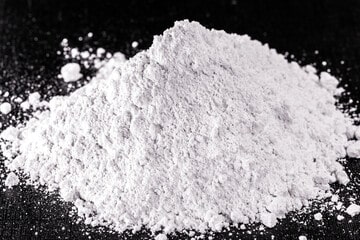Welcome To ChemAnalyst

India has turned into one of the economies, fiercest affected by the fertilizer crisis. Crop nutrient prices have risen throughout the world as a result of limited coal and natural gas supply forcing the closure of certain fertilizer plants. Rising Mono Ammonium phosphate costs were partly driven by high natural gas prices as well as severe storms in the United States that disrupted fertilizer plants earlier this year & China’s decision to ban the export of phosphate fertilizer this summer.
Another prejudice can be the Black Marketing of fertilizers, which has been escalating in India as prices heightened. The shortage has led to a booming market where subsidized fertilizers are offered illegitimate prices, much higher than levels settled by the government. Shifty negotiators are engaged in handling appeals from vulnerable farmers in requisite.
India imports about a third of its fertilizers and is the world’s biggest buyer of fertilizer. The shortage of fertilizers comes at a time when the prices of other inputs like petrol, diesel are also elevated. On account of high prices, several farmers have been reported facing tough choice of cutting use or paying hike prices, risking a supply scramble during the most critical season for growing. Due to a water-soluble fertilizer’s deficiency, downstream Ammonium Nitrate supply quantities were found low.
As per ChemAnalyst, “These barriers will keep Mono Ammonium phosphate’s prices upsurged throughout the first half of 2022. The supply crisis will likely ruin the production of vital crops such as wheat, rapeseed and pulses planted during the winter season. India is enhancing its own fertilizer production and working on prolonged-term deals with contractors to curb increased expenses. India will reduce subsidies on soil nutrients, such as urea, potash and di-ammonium phosphate, by providing ongoing subsidies to fertilizer companies.”
We use cookies to deliver the best possible experience on our website. To learn more, visit our Privacy Policy. By continuing to use this site or by closing this box, you consent to our use of cookies. More info.
